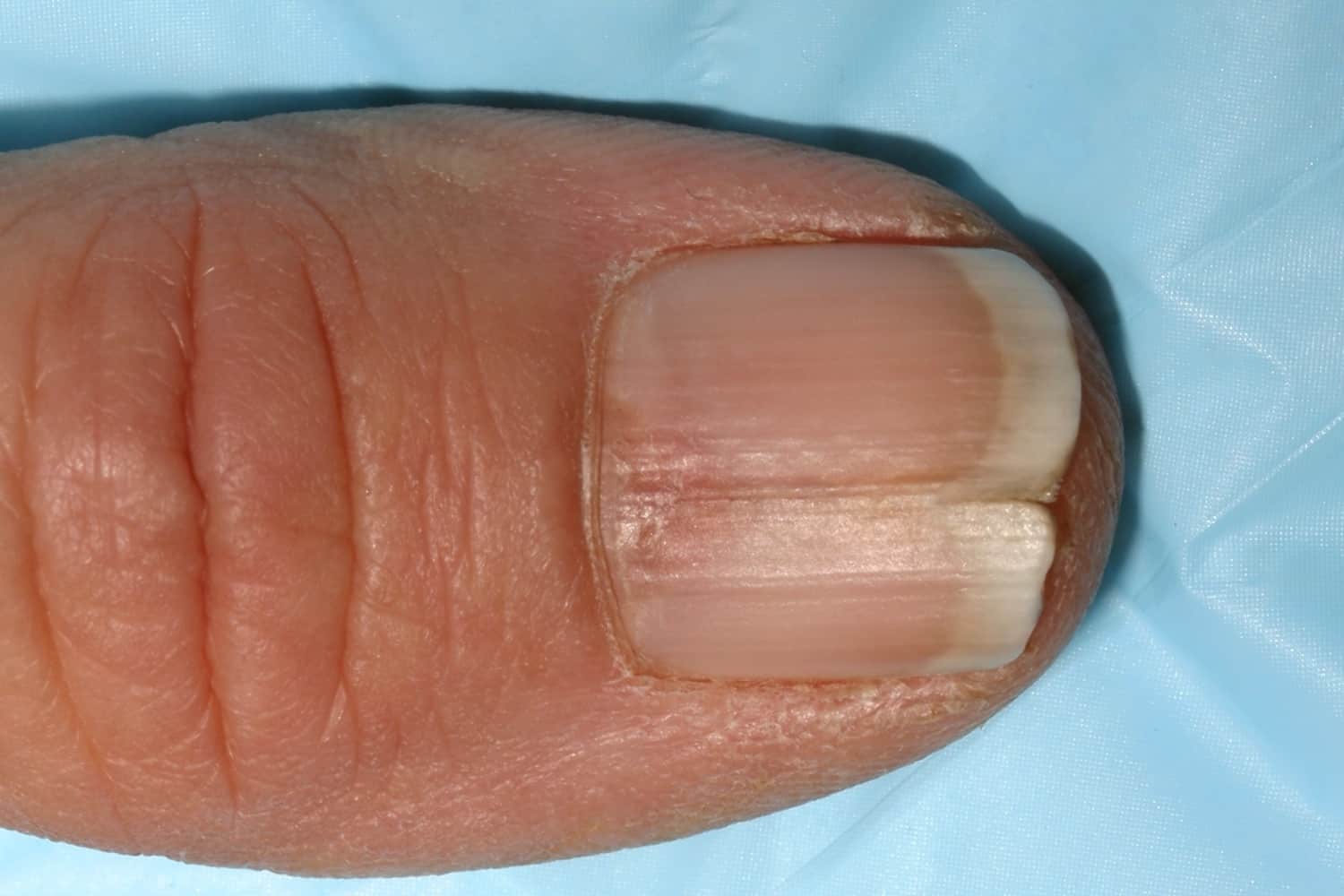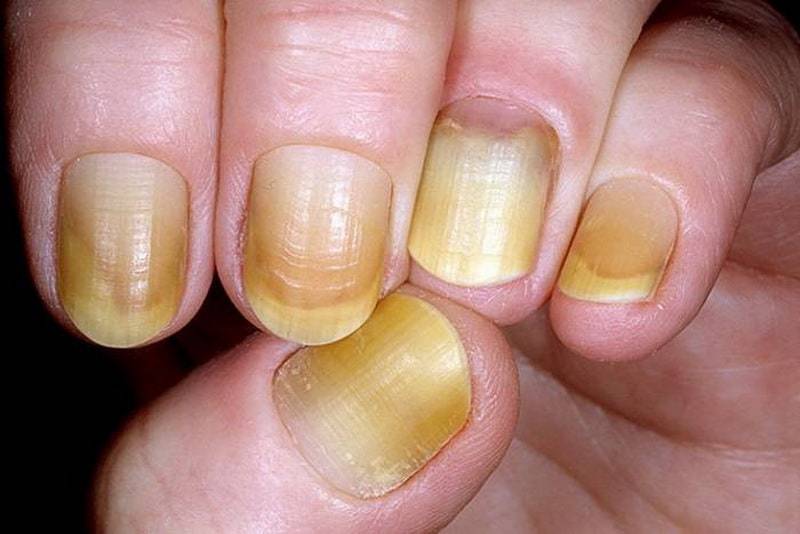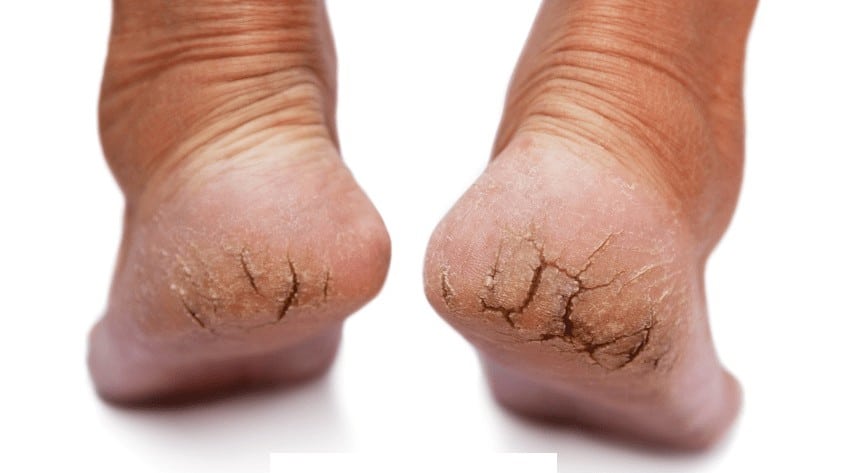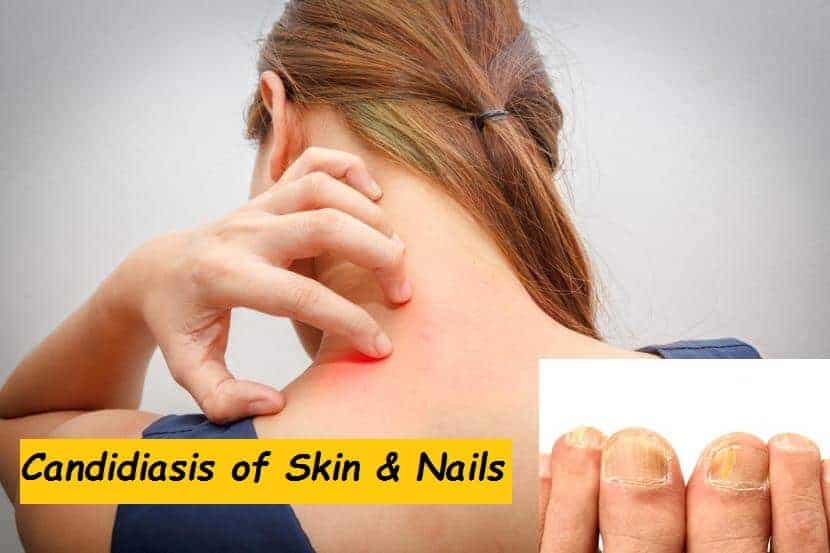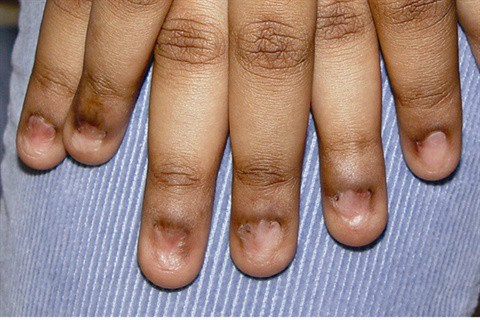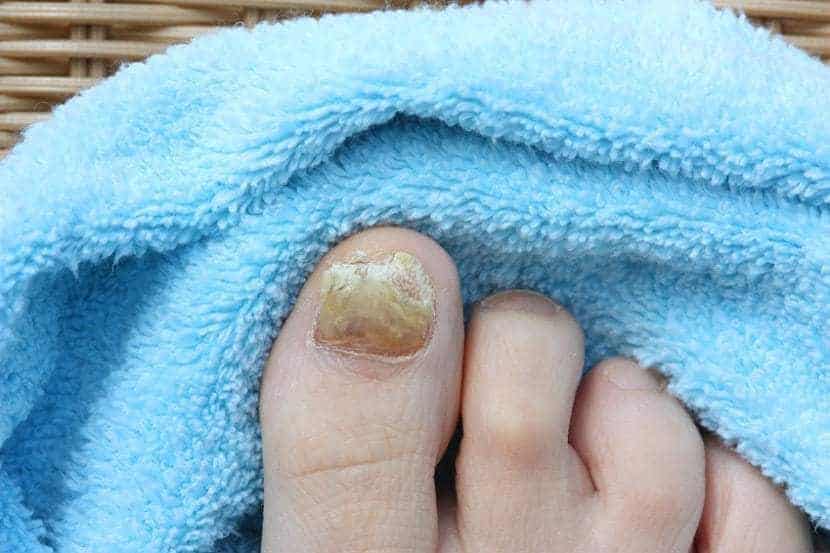Melanonychia on Nails: Symptoms, Causes & Treatment
The term ‘melanonychia’ sounds scary on its own, simply because of the mere fact that it’s a medical term that most of us are unfamiliar with. Do you know what else incites fear and intimidation? A sudden color change in your fingernails or your toenails.
Coincidentally, melanonychia refers to a condition where your nails are discolored to a brown or black color. Here’s what you need to know about this condition.
What Is Melanonychia?
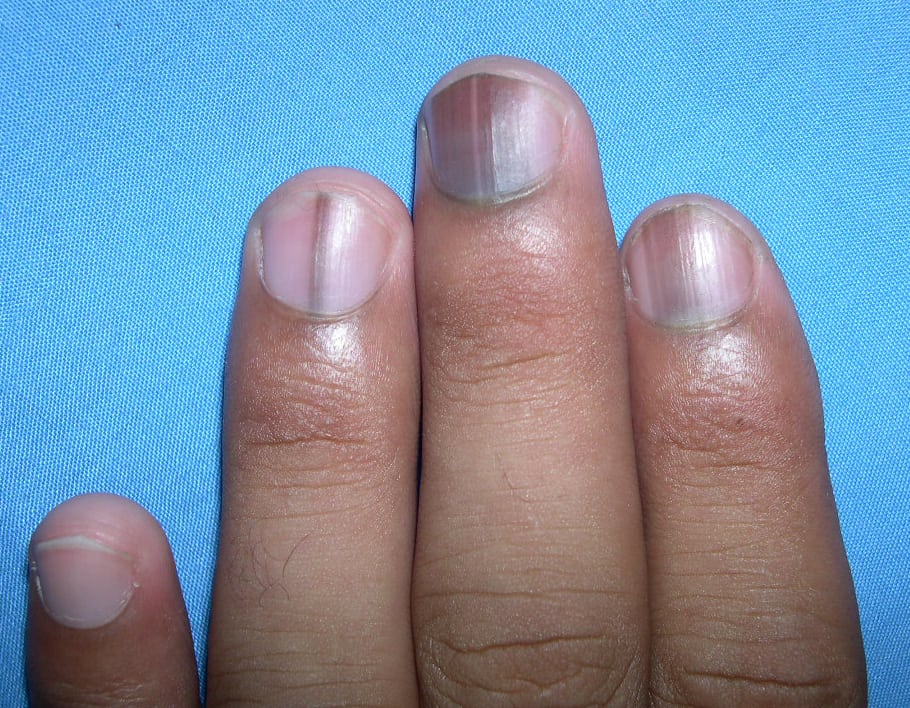
Generally, if you have melanonychia, it means that there are brown or black lines on our nails, which usually starts from the base of your nail bed and slowly spreads upwards until the bands start showing up on your nail tips.
This condition can affect just a single nail, or it could affect a few of them at once. You might also know this condition as melanonychia striata or longitudinal melanonychia.
Yellow Nails? Know The Reasons
Types of Melanonychia
Melanonychia can be categorized into two types –
- Melanocytic Activation: This type occurs due to an increase of melanins within your nails without an increase of pigment cells.
- Melanocytic Hyperplasia: This type involves only an increase of pigment cells in your nail beds.
Main Causes
When our nails are in a natural, healthy state, it’s supposed to be translucent and not pigmented at all. However, sometimes, melanocytes – otherwise called as pigment cells would deposit melanin – brown colored pigments, into your nails.
These pigment deposits tend to group together as your nail grows, causing brown or black bands to appear on your nails.
- Melanocytic activation, the increase of pigment deposits within your nails, usually happens due to pregnancy, trauma to your nails, nail infections, or simply because of some racial variations.
- On the other hand, melanocytic hyperplasia is usually caused by lesions. It could also be a natural mole or birthmark, but in some serious cases, it could be cancer of the nails.
Beus Lines 101: All Things You Need to Know
What Are The Chances of Getting It?
Most of the time, if you have a darker skin shade, this condition can almost be considered as a natural occurrence. In fact, past research has revealed that almost all Afro-Caribbeans will have some form of melanonychia pigmentation on their nails by the time they are 50 years old.
On a smaller scale, this also affects Japanese patients about 20% of the time. Individuals with very fair skin are less likely to get affected by this condition. Skin shades and nationality aside, melanonychia can affect any age ranges gender without any bias.
What is Longitudinal Melanonychia?
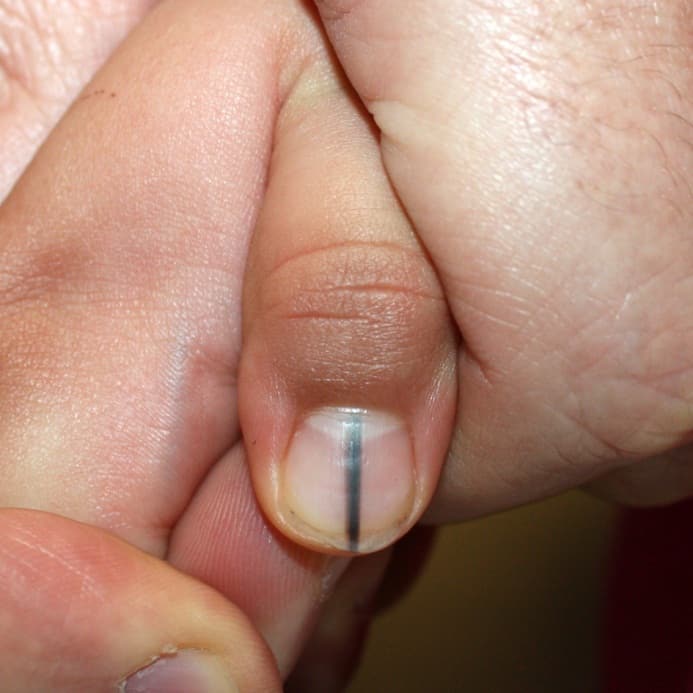
Generally, both melanocytic hyperplasia and activation can lead to longitudinal melanonychia. This refers to the condition when the pigments have shown up as a vertical dark band rising from your nail beds.
You might also know this condition as melanonychia striata. They refer to the same symptom presentation.
Know about White Superficial Onychomycosis
Melanonychia Striata vs Melanoma
Usually, melanonychia striata are benign, but there are cases where it could be melanomas. You needn’t worry if your doctor has informed you that your condition is benign, but watch out for the following signs!
If the dark bands show up on more than two-thirds of your nail plates, and your bands start to appear grey or black, you might have nail melanomas. Similarly, you should look out for irregular and granular brown pigmentations. If you suspect that your nails’ condition might be more than just a simple case of nail melanonychia, visit a doctor immediately.
Your doctor will most likely take a nail sample from your affected areas. The nails will be sent for a nail matrix biopsy. This will let them know if your nails are affected by melanomas or if it’s just benign pigments.
Most Common Nail Diseases and Disorders
How to Get Rid of Melanonychia?
The treatment options open to you depends fully on the type that you have. If it’s benign and non-cancerous, you don’t need to worry about it. Usually, they will go away on their own.
You might be prescribed antibiotics or antifungal medications if your melanonychia is caused by infections. If there are other underlying causes, that health condition will be focused on instead of melanonychia.
Treatment
The entire affected areas need to be removed if to treat nail melanomas. This means that you may need to have the entire piece of nail removed. In more extreme cases, the toe or finger with the tumor has to be amputated for recovery.
Split Fingernails – What to Do
The prognosis for malignant melanonychia is not very good since the early stages can be easily mistaken for benign cases. As such, having an early biopsy of your nails when you notice melanonychia is one of the best ways for early diagnosis.
If you find any suspicious dark bands on your nails, go to a doctor and request for a proper diagnosis – biopsy too, if possible, so that you can get your peace of mind or early treatments where required.
